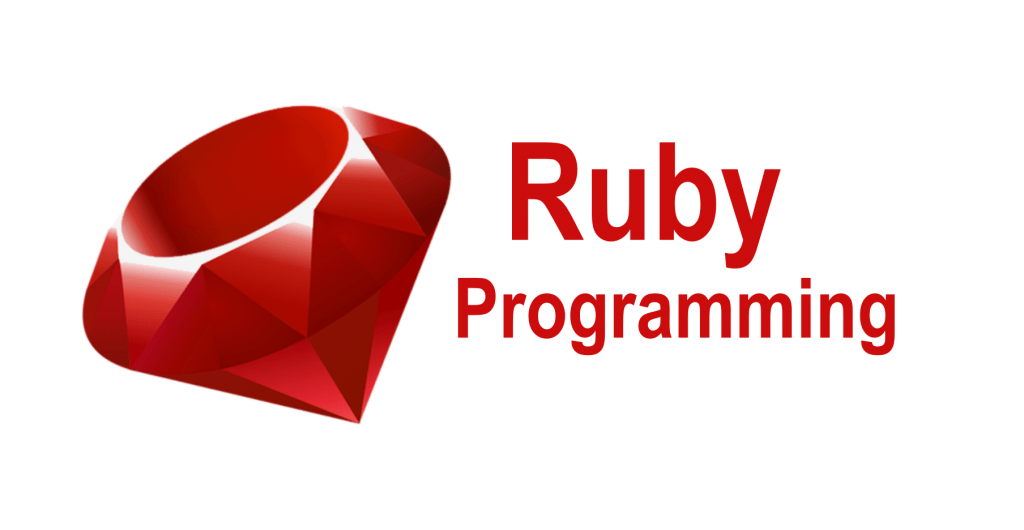Ruby is a dynamic, open-source programming language known for its simplicity and productivity. Created in the mid-1990s, Ruby has become a favorite among developers for its elegant syntax and powerful features. This article delves into the history, features, applications, and unique aspects that make Ruby stand out in the programming world.(ruby-lang.org)
A Brief History of Ruby
Ruby was developed by Yukihiro “Matsumoto” in Japan and released in 1995. Matsumoto aimed to create a language that balanced functional and imperative programming paradigms, drawing inspiration from languages like Perl, Smalltalk, Eiffel, Ada, and Lisp. His goal was to make programming more enjoyable and less cumbersome for developers.
The release of Ruby on Rails in 2005, a web application framework written in Ruby, significantly boosted the language’s popularity. Rails introduced a convention-over-configuration approach, streamlining web development and attracting a large developer community.
Core Features of Ruby
1. Pure Object-Oriented Language
In Ruby, everything is an object, including primitive data types like integers and booleans. This pure object-oriented approach enables consistent, intuitive code.
2. Elegant and Readable Syntax
Ruby’s syntax is designed to be natural and easy to read. For example:(hackerrank.com)
5.times { puts "Hello, Ruby!" }
This code prints “Hello, Ruby!” five times, demonstrating Ruby’s concise and readable syntax.
3. Dynamic Typing and Duck Typing
Ruby uses dynamic typing, meaning variable types are determined at runtime. Duck typing allows objects to be used based on their methods and properties rather than their class, promoting flexibility.
4. Metaprogramming Capabilities
Ruby supports metaprogramming, enabling programs to modify themselves during runtime. This feature allows developers to write more abstract and flexible code.
5. Exception Handling
Ruby provides robust exception handling mechanisms, similar to those in Java or Python, allowing developers to manage errors gracefully.
6. Garbage Collection
Ruby includes a mark-and-sweep garbage collector that automatically manages memory allocation and deallocation, helping prevent memory leaks.
Ruby’s Ecosystem and Tools
1. Ruby on Rails
Ruby on Rails, often just called Rails, is a robust web application framework that follows the Model-View-Controller (MVC) architecture. It emphasizes convention over configuration, enabling rapid application development.
2. RSpec
RSpec is a testing tool for Ruby that allows developers to write human-readable specifications for their code, promoting behavior-driven development (BDD).
3. Bundler
Bundler manages Ruby project dependencies, ensuring that the correct versions of gems are used, helping maintain consistency across environments.
4. RubyGems
RubyGems is Ruby’s package manager, providing a standard format for distributing Ruby programs and libraries (gems).
Applications of Ruby
1. Web Development
Ruby, combined with Rails, is widely used for developing web applications. Notable websites built with Ruby on Rails include GitHub, Shopify, and Basecamp.
2. Automation and Scripting
Ruby’s simplicity makes it ideal for writing scripts to automate tasks like file manipulation, data processing, and system administration.
3. DevOps Tools
Ruby is used in various DevOps tools like Chef and Puppet, which automate infrastructure management and deployment processes.
4. Data Processing
Ruby’s enumerable module and array-handling capabilities make it suitable for data parsing and processing tasks.
5. Web Scraping
With libraries such as Nokogiri, Ruby can scrape and parse HTML and XML from websites, enabling data extraction and analysis.
Advantages of Using Ruby
- Developer Happiness: Ruby emphasizes making programming enjoyable, which can increase productivity.
- Community Support: A vibrant community contributes to a broad ecosystem of libraries and tools, supporting development.
- Cross-Platform Compatibility: Ruby runs on Windows, macOS, and Linux.
- Rapid Development: Frameworks like Rails enable fast prototyping and application development.
Challenges and Considerations
- Performance: Ruby may not match the performance of compiled languages such as C or Java, which may be a consideration for performance-critical applications.
- Concurrency: While solutions such as JRuby offer alternatives, Ruby’s Global Interpreter Lock (GIL) can limit performance in multi-threaded applications.
Learning Resources
- Official Ruby Website: Provides comprehensive documentation and tutorials. (Wikipedia)
- Codecademy: Offers interactive Ruby courses for beginners.
- RubyMonk: An interactive platform for learning Ruby.
- The Odin Project: Includes a full-stack curriculum with Ruby on Rails.
Conclusion
Ruby stands out as a language that prioritizes developer satisfaction without compromising functionality. Its elegant syntax, powerful features, and supportive community make it an excellent choice for a wide range of applications, from web development to automation. While it has its challenges, the benefits often outweigh the drawbacks, especially for projects where rapid development and maintainability are key.
FAQ
What is Ruby programming?
Ruby is a high-level, object-oriented programming language focused on simplicity and developer productivity.
What is Ruby mainly used for?
It is widely used for web development, especially with the Ruby on Rails framework.
Is Ruby suitable for beginners?
Yes, Ruby’s readable syntax and expressive style make it friendly for new programmers.

